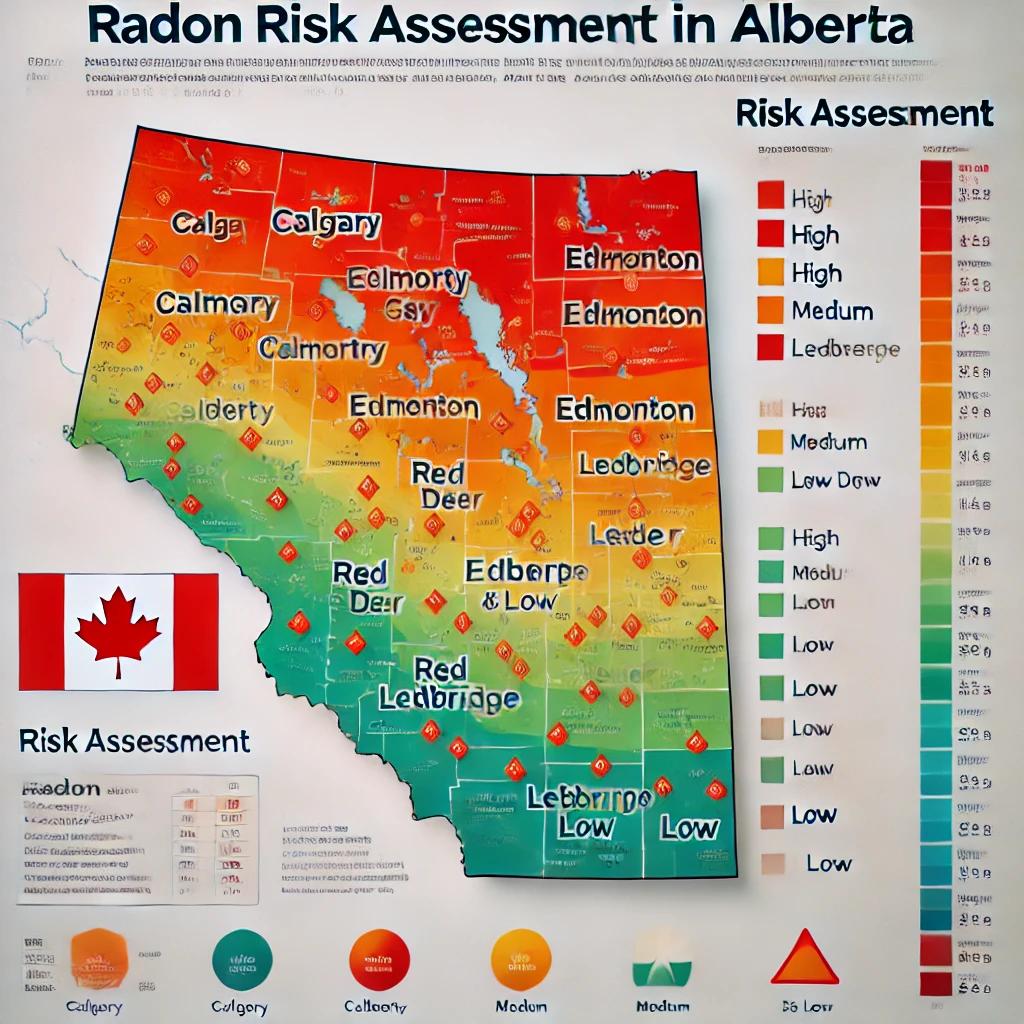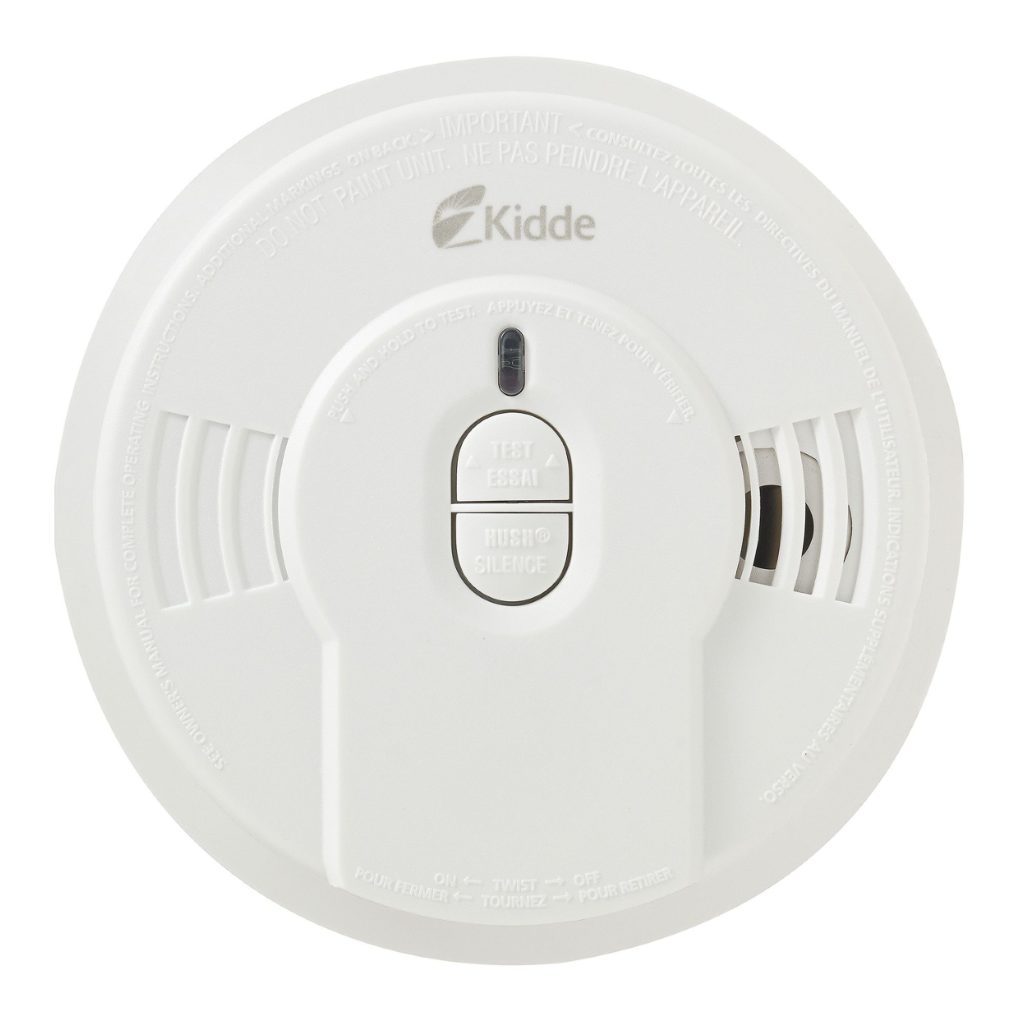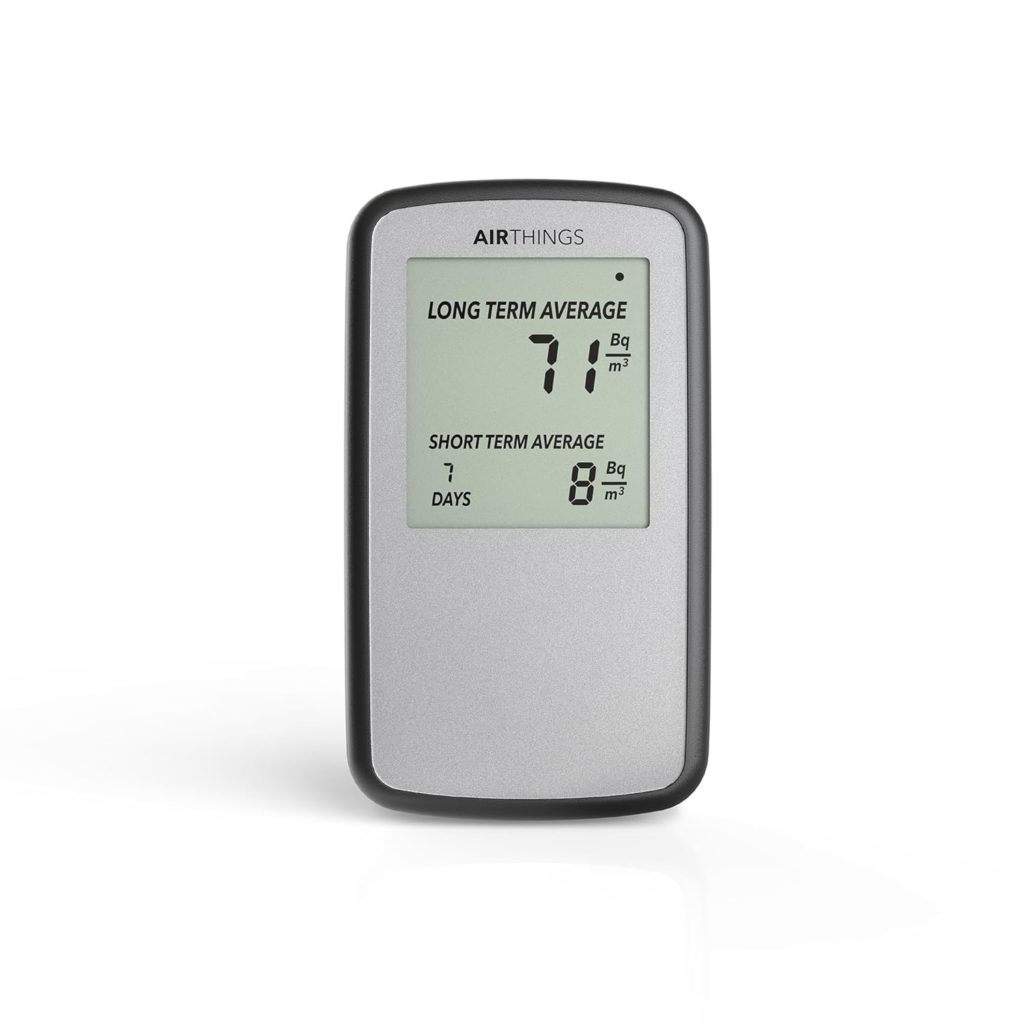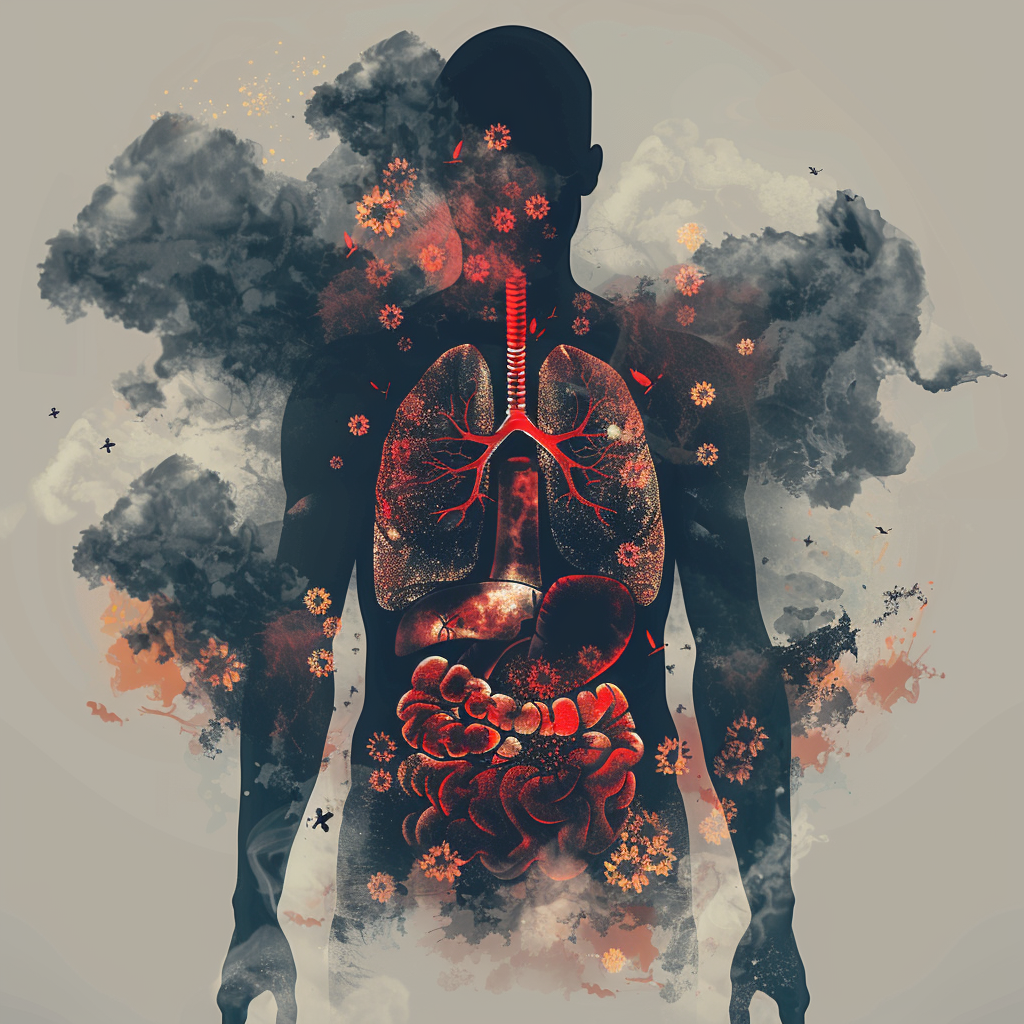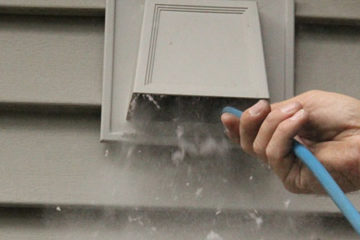Radon vs Carbon Monoxide vs Smoke: The Hidden Killer Lurking in Canadian Homes
Radon vs Carbon Monoxide – When it comes to household safety, most Canadians are familiar with the dangers of carbon monoxide poisoning and the critical need for smoke detectors. However, one deadly risk often goes unnoticed: radon gas. Despite being a leading cause of lung cancer, radon-related deaths are frequently overlooked due to a lack of awareness and insufficient testing. This article compares the number of deaths from carbon monoxide poisoning, smoke in the home, and radon-related lung cancer in Canada, shedding light on why radon is the silent killer that more people should be worried about.
Deaths from Carbon Monoxide Poisoning: A Preventable Tragedy
Carbon monoxide (CO) is a colourless, odourless gas that can be lethal within minutes if inhaled in large quantities. Each year, around 300 Canadians suffer from CO poisoning, and approximately 50 to 60 people die as a result. The good news is that CO poisoning is largely preventable. With proper ventilation, regular maintenance of appliances, and the use of CO detectors, many of these deaths can be avoided.
Thanks to widespread education and the use of carbon monoxide detectors, awareness of CO poisoning has increased significantly over the past few decades. Today, most homes are equipped with CO detectors, which emit a loud alarm when CO levels rise to dangerous levels, providing a crucial warning that can save lives.
Smoke Inhalation Deaths: Smoke Detectors Save Lives
Smoke inhalation is another deadly hazard that claims lives in Canadian homes. On average, 100 to 150 people die each year from house fires, with smoke inhalation being the leading cause of death. Smoke detectors play a vital role in reducing these fatalities. According to fire safety experts, having working smoke detectors in your home cuts the risk of dying in a house fire by half.
Despite this, many homes still lack functional smoke detectors. In cases where smoke detectors were present but failed to operate missing or dead batteries were often to blame. It’s clear that increased awareness and regular maintenance of these devices can prevent a significant number of deaths each year.
Radon-Related Lung Cancer: The Silent Killer
While deaths from carbon monoxide and smoke are tragic, they pale in comparison to the devastation caused by radon-related lung cancer. Radon is a radioactive gas that forms naturally when uranium in soil, rock, and water breaks down. It seeps into homes through cracks in the foundation, and prolonged exposure can lead to lung cancer.
Shockingly, radon is the second leading cause of lung cancer in Canada, responsible for an estimated 3,200 deaths annually. That’s more than 50 times the number of deaths caused by carbon monoxide and smoke inhalation combined. Yet, despite this alarming statistic, public awareness about radon is alarmingly low.
Radon vs Carbon Monoxide vs Smoke – Why is Radon So Dangerous?
Radon vs Carbon Monoxide – Unlike carbon monoxide and smoke, radon doesn’t cause immediate symptoms, making it much harder to detect. Many homeowners aren’t even aware of its presence until it’s too late. The gas accumulates silently in basements and lower levels of homes, where it can reach dangerously high levels without anyone noticing.
The lack of awareness about radon is a major factor contributing to its high death toll. Most people simply don’t know they should be testing for it, and radon detectors aren’t nearly as common as smoke and CO detectors. This is a problem that needs urgent attention.
Preventing Radon Deaths: What Can Be Done?
The good news is that radon-related deaths are preventable. Just as smoke and carbon monoxide detectors have become household staples, radon detectors need to be a standard safety feature in every home. Here’s what homeowners can do to reduce their risk:
- Test for Radon: Radon testing is the only way to know if your home has high levels of radon. Testing kits are affordable and widely available, and professional testing services can provide accurate results.
- Install a Radon Mitigation System: If high levels of radon are detected, a mitigation system can be installed to reduce radon levels to a safe range. This system works by venting radon gas out of your home before it can accumulate.
- Raise Awareness: Spread the word about the dangers of radon. Encourage friends, family, and neighbours to test their homes and take action if necessary.
- Regular Monitoring: Just like you would check your smoke and CO detectors, it’s important to monitor radon levels regularly, especially if you’ve made any structural changes to your home that might affect radon entry points.
Conclusion: Radon vs Carbon Monoxide vs Smoke Knowledge Saves Lives
In conclusion, while carbon monoxide and smoke-related deaths are tragedies that we can often prevent, radon is a silent killer that claims far more lives due to a lack of awareness. By educating ourselves and others about the dangers of radon, and by making radon testing as common as checking our smoke detectors, we can significantly reduce the number of radon-related deaths in Canada.
Don’t wait until it’s too late. Get your home tested for radon today and take the first step towards protecting your family from this hidden hazard.
